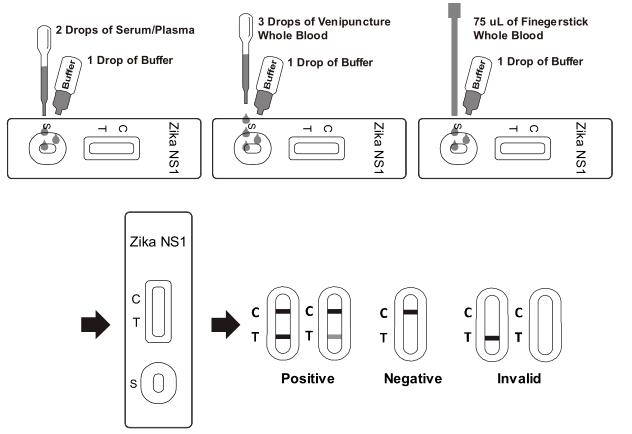【SUMMARY】
Zika virus (ZIKV) is a member of the virus family Flaviviridae. It is spread by daytime-active Aedes mosquitoes, such as A. aegypti and A. albopictus. Its name comes from the Zika Forest of Uganda, where the virus was first isolated in 1947. Zika virus is related to the dengue, yellow fever, Japanese encephalitis, and West Nile viruses. Since the 1950s, it has been known to occur within a narrow equatorial belt from Africa to Asia. From 2007 to 2016, the virus spread eastward, across the Pacific Ocean to the Americas, leading to the 2015–16 Zika virus epidemic. The infection, known as Zika fever or Zika virus disease, often causes no or only mild symptoms, similar to a very mild form of dengue fever. While there is no specific treatment, paracetamol (acetaminophen) and rest may help with the symptoms. As of 2016, the illness cannot be prevented by medications or vaccines.Zika can also spread from a pregnant woman to her fetus. This can result in microcephaly, severe brain malformations, and other birth defects. Zika infections in adults may result rarely in Guillain–Barré syndrome.
The Zika NS1 Rapid Test Cassette (Whole Blood/Serum/Plasma) is a rapid test that utilizes a combination of Zika NS1 antibodies coated colored particles for the detection of Zika NS1 antigen in human whole blood, serum, or plasma.
【DIRECTIONS FOR USE】
Allow the test, specimen, buffer and/or controls to reach room temperature (15-30°C) prior to testing.
1. Bring the pouch to room temperature before opening it. Remove the test cassette from the sealed pouch and use it within 1 hour.
2. Place the cassette on a clean and level surface.
For Serum or Plasma specimen:
· Hold the dropper vertically and transfer 2 drops of serum or plasma (approximately 50 μL) to the specimen area, then add 1 drop of buffer (approx. 40μL) and start the timer. See illustration below.
For Venipuncture Whole Blood specimen:
· Hold the dropper vertically and transfer 3 drops of whole blood (approximately 75 μL) to the specimen area, then add 1 drop of buffer (approximately 40 μL), and start the timer. See illustration below.
For Fingerstick Whole Blood specimen:
· To use a capillary tube: Fill the capillary tube and transfer approximately 75 μL of fingerstick whole blood specimen to the specimen area of test cassette, then add 1 drop of buffer (approximately 40 μL) and start the timer. See illustration below.
3. Wait for the colored line(s) to appear. Read results at 15 minutes. Do not interpret the result after 20 minutes.
Note: It is suggested not to use the buffer, beyond 30 days after opening the vial.

|
Cat. No. |
Product Description |
Specimen |
Format |
Kit Size |
Cut-Off |
Status |
|
IZIG-402 |
Zika NS1 Rapid Test Cassette |
WB/S/P |
Cassette |
10T |
See Insert |
CE |
 Malaysia
Malaysia